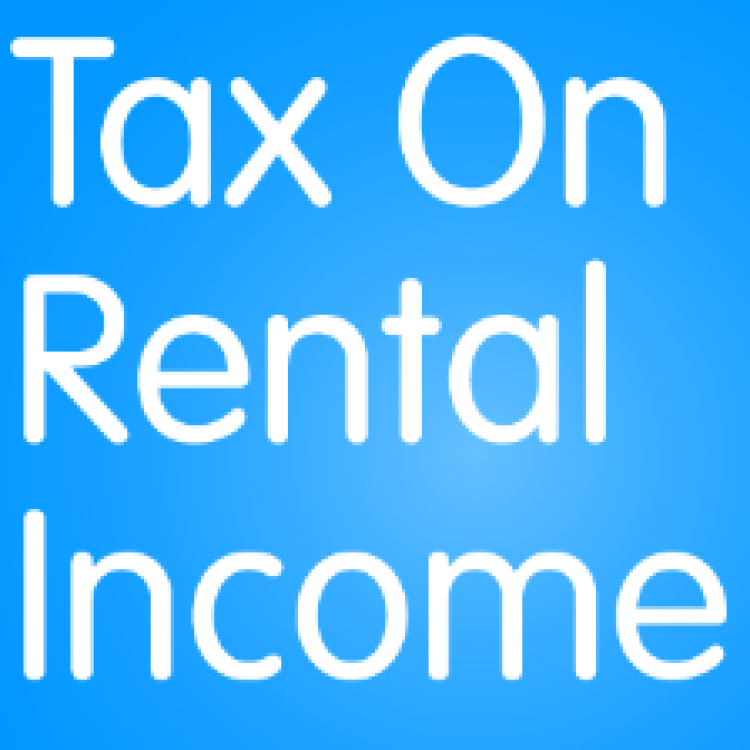Tax Self-Assessment: 5 of the most common errors made by UK private landlords
Posted on 31st January 2023
Jan 31st - traditionally a day when everyone is rushing to meet self-assessment deadlines. However, statistics show that there will be thousands of landlords making at least one of the five following errors:
Error 1. Claiming for capital expenses
Tax law states that you cannot claim ‘capital’ expenditure against your property income until you come to sell the property. HMRC only allows ‘revenue’ cost deductions from your property income i.e. those expenses related to the general day-to-day upkeep and maintenance of the property. However, not everyone knows what types of expenditure fall into these two categories, and then there are some grey areas. Revenue or Capital? To answer this, consider whether the investment made a) an enhancement to the property or b) was related to the day-to-day running/upkeep of the property.
For example, if you add an extension, a loft conversion, or make substantial changes to the property layout to make room for a new en-suite, or significantly upgrade the kitchen then they are deemed as capital expenses and can’t be put into your tax return. They can however be claimed when you sell the property as a capital expense.
Painting rooms, replacing existing carpets, or putting in a similar kitchen would be considered a revenue expense as you are replacing like for like.
Grey areas: If you are not replacing like for like i.e., the property didn’t have a dishwasher before you bought it and then you installed one, or it’s the first time you are buying furniture for the property, then it would be considered an enhancement and therefore a capital expenditure.
Another grey area is the replacement of windows. Typically, if you are replacing rotten wooden windows with UPVC ones then it could be seen as an enhancement and therefore a capital expense. However, HMRC has confirmed that UPVC is the standard on properties, so if you are replacing wooden for UPVC windows then it would be deemed revenue.
Error 2. Claiming for expensive training courses Some landlords will spend thousands of pounds on training courses. The sums involved mean this can be tricky to categorize and will come under scrutiny in tax returns. The thing to remember is that HMRC would define a course that materially changes someone’s knowledge as a capital expense. If the course helps someone refresh something they already know, then it’s categorized as revenue and allowable.
Error 3. Claiming incorrect petrol allowance and subsistence As a landlord you are entitled to use your own vehicle for work and claim 45p per mile for your first 10,000 business miles in the year, and then 25p per mile. This amount is designed to cover your fuel and general wear and tear of the car but not costs such as car insurance, MOTs, or repairs, so don’t include them in a return.
HMRC expects accurate records so you must be clear about when you did and didn’t use the vehicle for work. Bear in mind you can’t submit receipts for full tanks of petrol if the fuel was used to do the daily school run! It’s advised landlords keep a mileage log of all business miles undertaken in the tax year.
You must also log any subsistence costs i.e., food and drink, and use of a home office. In the first instance, it’s considered reasonable to travel to view a potential house purchase, pick up a sandwich and claim the receipt. It’s not acceptable to buy and claim a pub lunch for the family.
If landlords use their home as an office, HMRC has generally approved a standard allowance of £6 per week without the need for receipts. You may also choose to apportion some expenses, such as electricity and gas, using HMRC’s area, usage, and time guidelines. Work out the percentage of your house that you use for business, and the amount of time it is used, to apportion your total costs.
If you decide to apportion costs, then you must keep proof of all such expenses and be ready to evidence this to HMRC if they ask. Note, you couldn’t use this method to claim household broadband costs unless it’s exclusively used for running the business.
Error 4. Claiming the full mortgage interest One of the most common tax return mistakes relates to mortgages. There are two things to be aware of. Firstly, the capital element of any mortgage isn’t allowed to be included in a tax return as an expense, only the interest element can be claimed. Secondly, the interest element is now limited to a 20% tax relief. This change was introduced by HMRC in 2016 as part of the Section 24 rules introduced.
Error 5. Not using a deed of trust Changes to Section 24 have prompted some landlords, particularly those in business with a spouse, to reconsider how property ownership is structured. A deed of trust can be a helpful way for two or more people to legally manage the share of ownership of a property and therefore the tax liabilities.
For example, if it’s assumed a property is owned 50/50 by a married couple and one of the couples is a higher earner, a deed of trust can be used to offset the tax exposure for the higher-rate earner. This is done by rebalancing the share of ownership to the basic rate earner so that the tax liability associated with the higher rate earner can be absorbed by the basic rate payer.
It’s especially useful for married couples as any transfer of beneficial ownership will not trigger any Capital Gains Tax (CGT) or Stamp Duty (SDLT), as spouses are exempt from such taxes on transfers between each other. Where you are changing ownership outside this relationship, both CGT and SDLT could potentially be due. As always, get tax and legal advice tailored to your individual circumstances.
UKR2R
Web: www.theukright2rentregister.org
https://www.facebook.com/theukright2rentregister/


